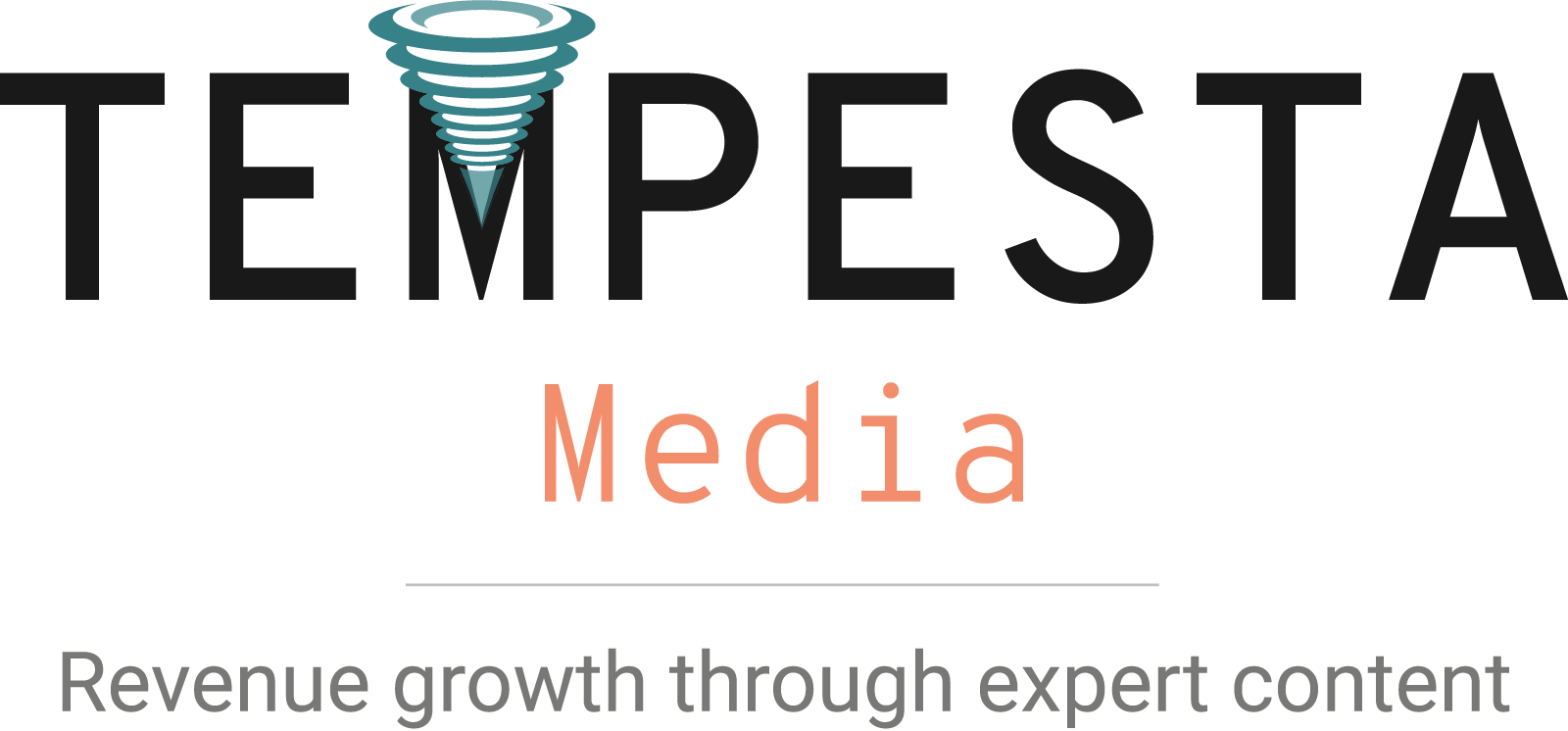The financial services industry has significantly shifted its marketing methods within the past five years. Many other industries have as well, so the financial services content marketing is quickly seeing mass adoption.
Surveys show that 61% of CMOs expect to increase content marketing budgets in the coming year. Unfortunately, that also means financial services content marketing has saturated the online space. Therefore, this makes it even more difficult for them to get attention. What will work? Before we dive into strategies for success, let’s examine what used to work:
- Newsletters. Content was typically delivered in a newsletter format much less frequently, such as monthly or quarterly.
- The hard sell. Financial institutions tended to promote their products and services right off the bat.
- Marketing to other businesses. The industry was much more focused on marketing to other businesses rather than to individuals.
That kind of approach simply will not work anymore. Here’s why:
- Digital is more economical. To be seen, you must be online because that’s where potential customers are these days. Traditional marketing methods are too costly and do little to help you form a personal connection with customers.
- Financial institutions must inform before they sell. People, especially millennials, don’t trust the financial services industry. That makes their trust especially difficult to win. The solution doesn’t involve sales pitches. It involves giving away knowledge and advice for free.
- It’s getting very personal. The financial sector is taking a much more personalized approach to marketing, trying to appeal to individual customers with informative content that helps them solve problems.
Content marketing fits well into the new approach. Here’s how to make a financial services content marketing strategy shine:
Generic blog posts won’t cut it anymore
A blog title such as “10 Ways to Invest Wisely” might get to the point, but it’s not necessarily going to hold customers’ attention for very long. A better way is to consider different types of content that are fun, human and informative.
For example: This fun video series from Umpqua Bank is aimed at millennials. The videos address the lives of potential investors and speaks to why investing can be so pivotal. It also tells them what to do.
Or, 56 Sage Street, a fun interactive game from Barclays in the United Kingdom, teaches kids money management.
These content types are both educational and engaging, which benefits both the customer and the company.
Boost your SEO knowledge for financial services content marketing
- Update your location in your meta descriptions.
- Make sure your business is properly listed on Google.
- Include local words in your header tags.
Consider a mix of content types
Beyond blog posts, consider:
- Infographics.
- Videos.
- Podcasts.
- Webinars.
Make sure your content is bolstered by effective social media and email marketing.
Use social media effectively
- Listen to conversations about your brand to gauge customer sentiment.
- Participate in conversations with current and potential customers.
- Use their feedback as fuel for informative content.
Want more content help with financial services content marketing?
Tempesta Media‘s content experts, backed by a state-of-the-art content management system, can help you design a strategy for your business. Contact us to discuss your content marketing goals and how we can help.

















